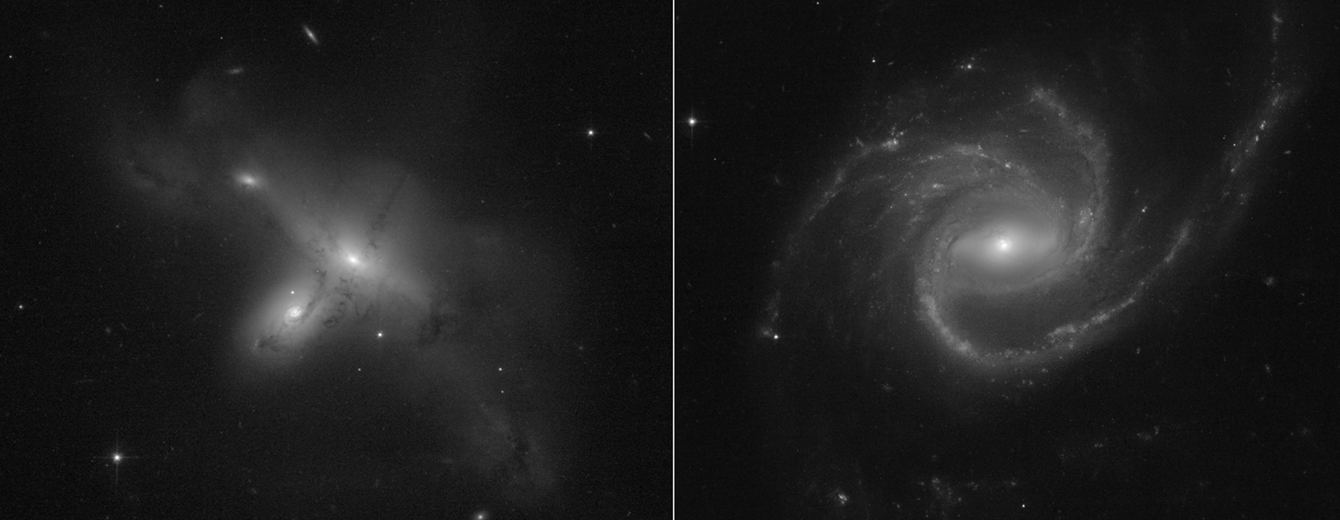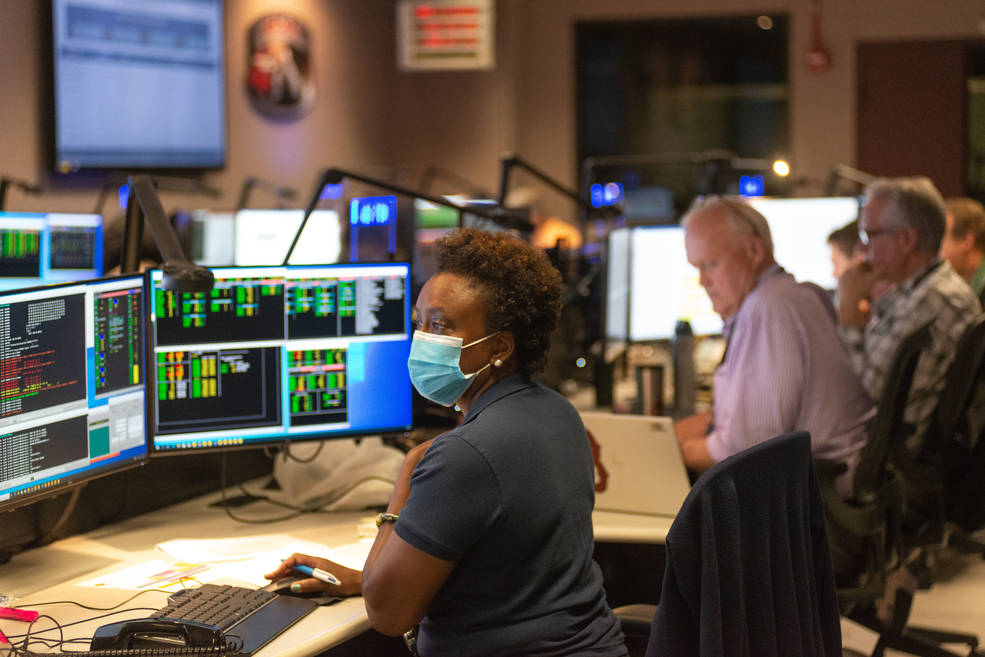
[ad_1]
The astronomical community breathed a huge sigh of relief earlier this week when the Space Telescope Science Institute announced that major computing problems with the Hubble Space Telescope had been resolved. In a grueling month of salvage work, every expert – even retired Hubble engineers and scientists – was called in for consultation. Their ultimate success is a tribute to the legacy of problem solving and innovation that NASA has been famous for over the years. And now the telescope is back doing what it was built to do, taking incredible photos of the cosmos and sending them to Earth.
Here are the first images since the long-distance repair, two photos of galaxies. One shows a galaxy with unusual extended spiral arms, and the other is the first high-resolution view of an intriguing pair of colliding galaxies.
NASA says Hubble’s other initial targets include globular star clusters and auroras on the giant planet Jupiter.
All of Hubble’s science instruments are now back to full operation, after remote recovery work to fix a persistent and delicate computer anomaly that essentially shut down the venerable 31-year-old telescope. The work was carried out from the Goddard Spaceflight Center in Maryland – with some experts still working from home with COVID-19 restrictions – as Hubble circled 547 km (340 miles) above Earth.
The problem arose from an issue with Hubble’s payload computer, which controls and coordinates the observatory’s on-board scientific instruments. The computer glitch automatically put Hubble’s science instruments into safe mode, and the initial workarounds failed to create a lasting solution.
This was when Hubble alumni were called upon to bring their decades of expertise with Hubble. NASA said the retired staff who helped build the telescope provided essential expertise in determining what needed to be done to regain access to the computer. Other former members of the team scoured the original Hubble documents, finding documents 30-40 years old that helped the team chart the course forward.
“That’s one of the perks of a program that’s been around for over 30 years: the incredible amount of experience and expertise,” said Nzinga Tull, Hubble Systems Anomaly Response Manager at Goddard. , in a press release. “It has been a lesson in humility and inspiration to engage with the current team and those who have moved on to other projects. There is so much dedication to their Hubble teammates, the observatory and the science for which Hubble is famous.
Together, the old and new members of the team addressed various potential issues and ultimately methodically identified the cause, a problem with the Science Instrument and Command & Data Handling unit, where the payload computer resides. The decision was made to move to the back-up side of the Science Instrument and Command & Data Handling unit, and then a plan was made on how to do it. More than 50 experts reviewed the process before engineers engaged in 15 consecutive hours of command from the ground, which included safely shutting down the main computer and then using a standby computer. on the telescope.

Credit: NASA GSFC / Rebecca Roth
“Several enclosures also needed to be powered on when they had never been powered on before in space, and other hardware required their interfaces to be switched,” said Jim Jeletic, deputy project manager at Hubble at Goddard. “There was no reason to believe that all of this wouldn’t work, but it’s the team’s job to be nervous and think about anything that could go wrong and how we could compensate for that. The team meticulously planned and tested every little step in the field to make sure they got it right. ”
On July 15, the team determined that the change was successful. The scientific instruments were then successfully re-ignited, with Hubble resuming the scientific data on July 17.
NASA has said that most observations missed during the suspension of science operations will be rescheduled, so look for more data and images from the famous space telescope.
Sources: NASA, STScI
[ad_2]
Source link